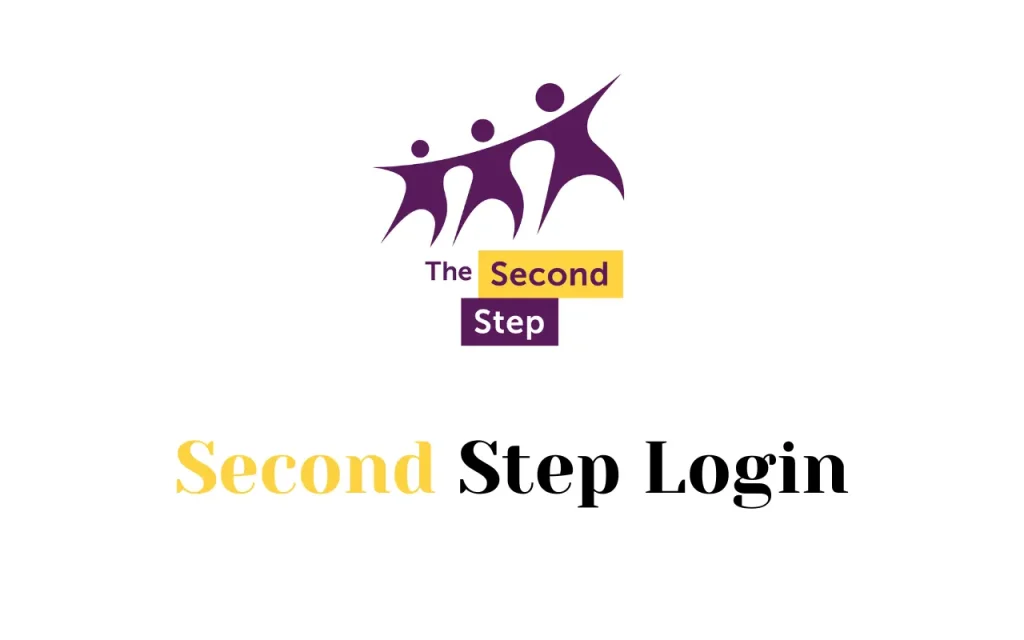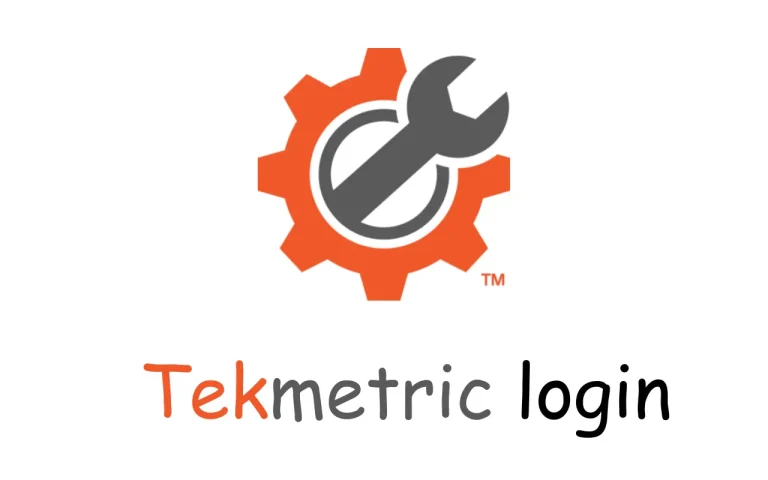Second Step Login Guide: Access, Curriculum Overview, and Resources
Social-emotional learning (SEL) has gained enormous importance in modern education, and Second Step is one of the leading programs in this domain. Whether you’re a teacher, administrator, or parent, understanding how to access the Second Step login portal is essential for engaging with its powerful educational resources. The login platform offers teachers and educators access to instructional materials, interactive Second Step videos, digital lessons, and progress tracking tools. With rising awareness around emotional intelligence and student wellness, platforms like Second Step are central to modern learning strategies.
In this comprehensive guide, I’ll walk you through how to log into Second Step, reset your Second Step login password, explore the SEL content, address curriculum concerns, and more.
What is Second Step Curriculum?
The Second Step curriculum is a research-based social-emotional learning program developed by Committee for Children. It’s designed to teach students essential life skills such as empathy, emotion management, decision-making, and conflict resolution. The curriculum is segmented by grade levels, offering age-appropriate material for preschool through middle school.
With increasing mental health challenges among students, schools are integrating SEL into their academic frameworks. Second Step’s curriculum provides not just theoretical lessons but practical, situational exercises that help students apply emotional and social skills in real life. The structure ensures continuity and progression, enabling students to build on what they learned in previous grades.
Key Components:
- SEL skills: empathy, problem-solving, relationship skills
- Bullying prevention modules
- Child protection units
- Academic integration tools
The platform also provides structured lesson plans, student handouts, teacher guides, and embedded Second Step videos that make the lessons engaging.
How to Access Second Step Login

Accessing the Second Step login page is straightforward but requires a registered account. Whether you’re a new user trying to set up access or an experienced teacher revisiting your materials, knowing the login flow is key to a seamless experience. If you also use digital teaching aids, you might find the Classroom Screen Login guide helpful for managing interactive classroom tools alongside your SEL resources.
Step-by-Step Login Instructions:
- Open your browser and go to www.secondstep.org
- Click on the Log In button in the top right corner
- Enter your email address and Second Step login password
- Click Sign In
If you’re logging in for the first time, you’ll need to register your school or district and set up your teacher profile. The system may also prompt you to select your teaching level and classroom needs to customize your experience.
Resetting Your Second Step Login Password
For users who forget their password, the platform offers a quick recovery process. It’s common for educators to forget login details during long breaks or summer vacations, and Second Step has made this process relatively painless.
Password Reset Steps:
- Visit the login page
- Click on Forgot Password?
- Enter your registered email address
- Follow the link sent to your email to create a new password
Ensure your new password meets the required security standards and consider saving it in a secure password manager. For districts using Single Sign-On (SSO), password recovery may follow a different process managed by your district’s IT department.
Second Step Login for Teachers
Teachers gain the most from Second Step’s digital platform. Once logged in, they can access an organized dashboard that centralizes all curriculum materials, updates, and student tracking tools.
- Access weekly lesson plans
- View downloadable materials and assessments
- Stream Second Step videos during lessons
- Monitor classroom progress
- Customize pacing and instruction
Benefits for Teachers:
- Aligned with CASEL standards
- Integration with Google Classroom and other LMS platforms
- Online and offline delivery options
- Printable parent letters and reinforcement activities
This section not only enhances instructional efficiency but also promotes collaboration among educators. The dashboard includes access to support documentation and community forums for additional assistance and inspiration.
Second Step Logo and Branding
The Second Step logo symbolizes the program’s commitment to helping students take positive steps in their social-emotional journey. It’s a widely recognized emblem in SEL environments.
The branding of Second Step is consistent and intentional, reinforcing trust and familiarity among educators and parents. From PDF downloads to presentation templates, the logo maintains a professional and kid-friendly tone. Displaying the Second Step logo in classrooms helps to normalize discussions around emotions and positive behavior.
The logo is typically displayed in classrooms, learning platforms, and printed materials, establishing a consistent visual identity.
Second Step Curriculum PDF and Downloadable Content
Educators can access PDF versions of key curriculum resources once logged in. These documents support offline instruction and serve as excellent supplements during hybrid or tech-constrained environments.
- Lesson overviews
- Family communication materials
- Assessments
- Implementation guides
Accessing PDFs:
- Log in to your account
- Navigate to the curriculum section
- Look for downloadable resources labeled as PDF
These resources are essential for offline instruction and administrative planning. Many teachers prefer printing hard copies of these materials to prepare lesson plans in advance or to keep a physical record.
Second Step Curriculum Controversy
Like many educational programs, the Second Step curriculum controversy stems from differing opinions on content focus. Despite its scientific and evidence-backed origins, not everyone agrees with all the curriculum elements.
Some concerns include:
- Alignment with school values or parental expectations
- Discussions around gender identity and bias
- Concerns about teacher training and implementation quality
Despite these debates, many districts continue to support Second Step for its well-researched approach and alignment with CASEL’s core competencies. It’s important for schools to communicate clearly with parents about lesson plans and offer opt-outs or alternatives when necessary.
Using the Second Step Mobile Interface
While there is no official mobile app, Second Step’s website is mobile-responsive. Educators can access the login portal, instructional resources, and track progress using smartphones or tablets. This flexibility is crucial in today’s blended learning environments.
Features accessible on mobile include:
- Login access
- Lesson browsing
- PDF downloads
- Video streaming
This functionality is especially useful for teachers managing multiple classes or working in hybrid/remote environments. It allows them to conduct lessons without being confined to desktop systems.
Second Step Program Implementation
Rolling out the Second Step program involves a multi-phase process to ensure both administrators and educators are fully prepared to integrate SEL into daily classroom activities.
- District-level licensing and curriculum allocation
- Teacher onboarding and training workshops
- Scheduling SEL lessons into weekly instruction
- Monitoring outcomes via pre/post assessments
Second Step also provides ongoing support including webinars, documentation, and peer learning opportunities. Regular program evaluations help in tweaking implementation to maximize student outcomes.
Common Login Issues and Troubleshooting
Despite its intuitive design, some users may still face challenges while logging into Second Step. Here are the most frequent issues and their fixes:
Troubleshooting Steps:
- Double-check your username and password for typos
- Clear browser cache and cookies to eliminate session errors
- Ensure JavaScript is enabled for full functionality
- Use supported browsers like Chrome, Firefox, or Edge
- Disable browser extensions that may block scripts
If problems persist, contact Second Step customer support via their help center. They typically respond within 24–48 hours and offer personalized assistance based on user type (teacher, administrator, parent).
Digital Cookie Login Integration
Many Girl Scout councils that use Digital Cookie login may also incorporate Second Step-like modules for character development. Though they serve different purposes, understanding the login and access model for each helps streamline user experience.
Note: Digital Cookie and Second Step are separate platforms with different login portals. Users should not confuse access credentials between these services.
FAQs About Second Step Login
Final Thoughts
Mastering the Second Step login process is the first step toward leveraging one of the most powerful SEL tools available today. From accessing curriculum PDFs to streaming video lessons and customizing instruction, the platform is a game-changer for modern classrooms.
Despite minor controversies, the evidence-based structure and CASEL alignment make Second Step a trusted program in districts across the U.S. Whether you’re a teacher, principal, or curriculum director, understanding how to log in, use the tools, and communicate outcomes effectively can significantly enhance social-emotional learning outcomes.
By ensuring seamless access, well-rounded instruction, and ongoing evaluation, schools can make the most of what Second Step has to offer in building the social and emotional foundation for student success.







